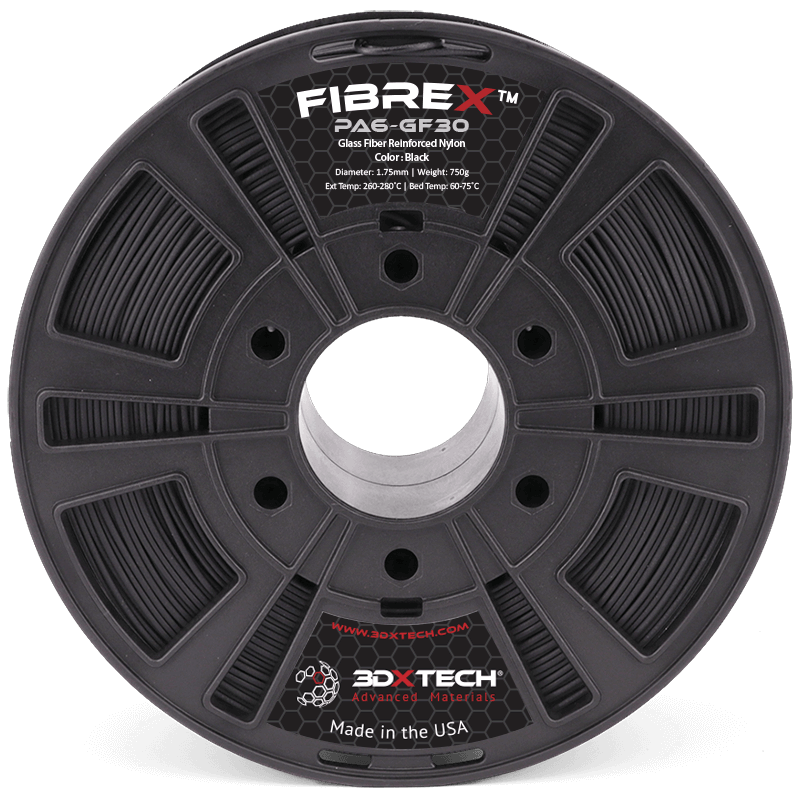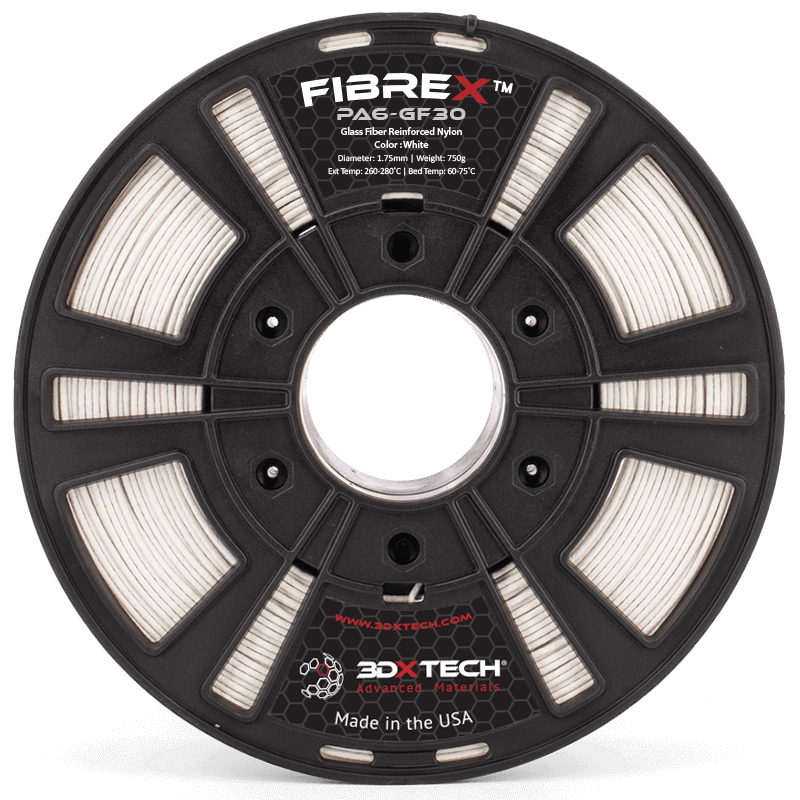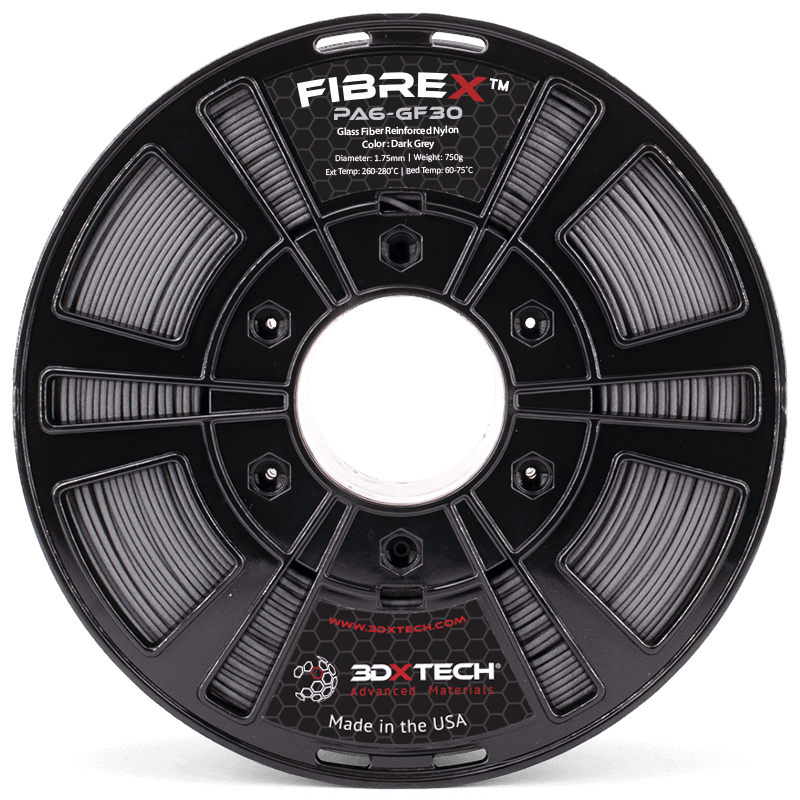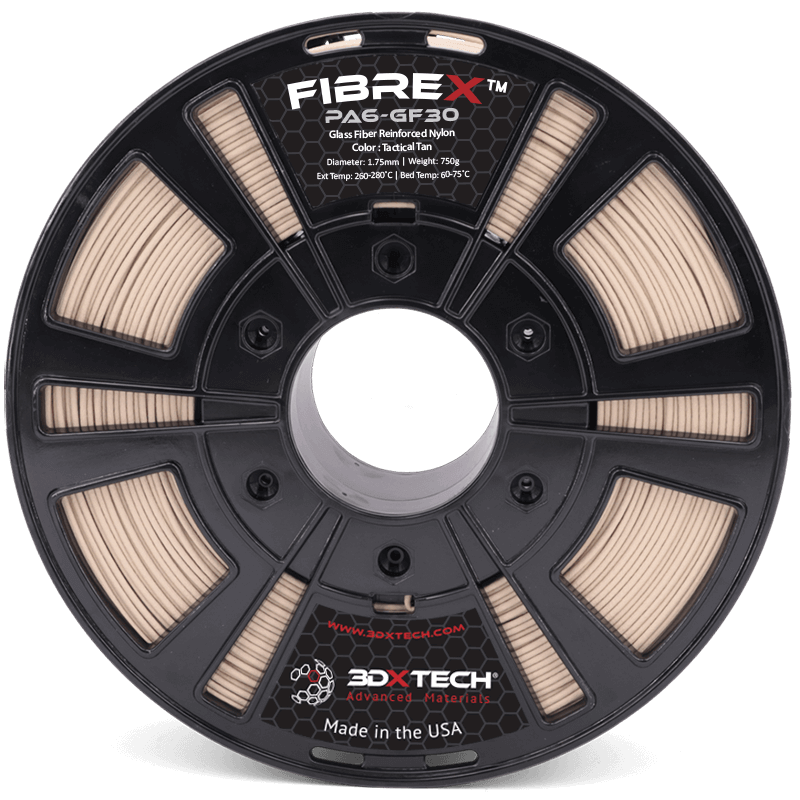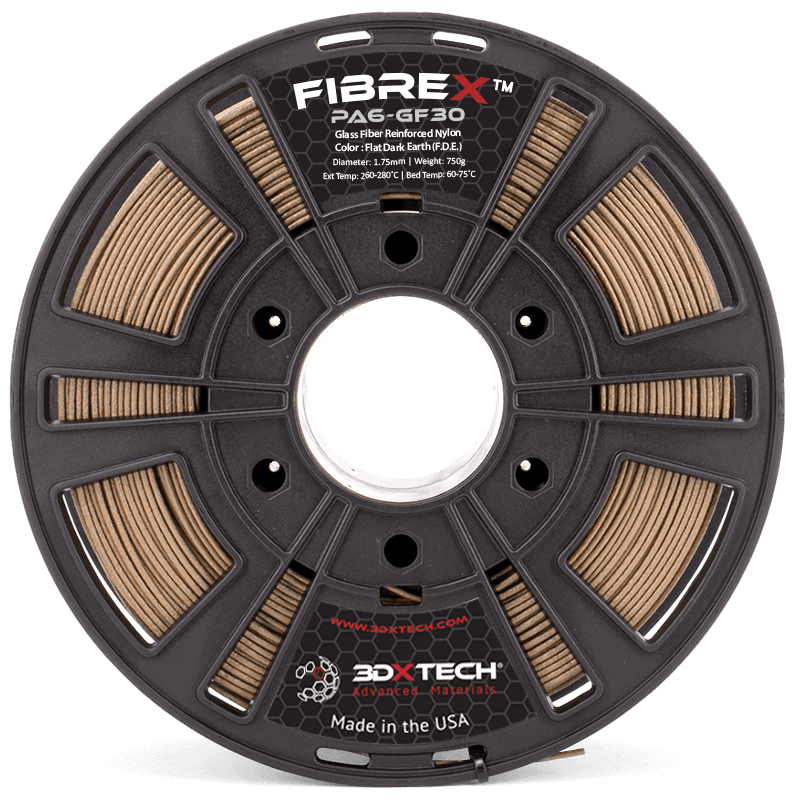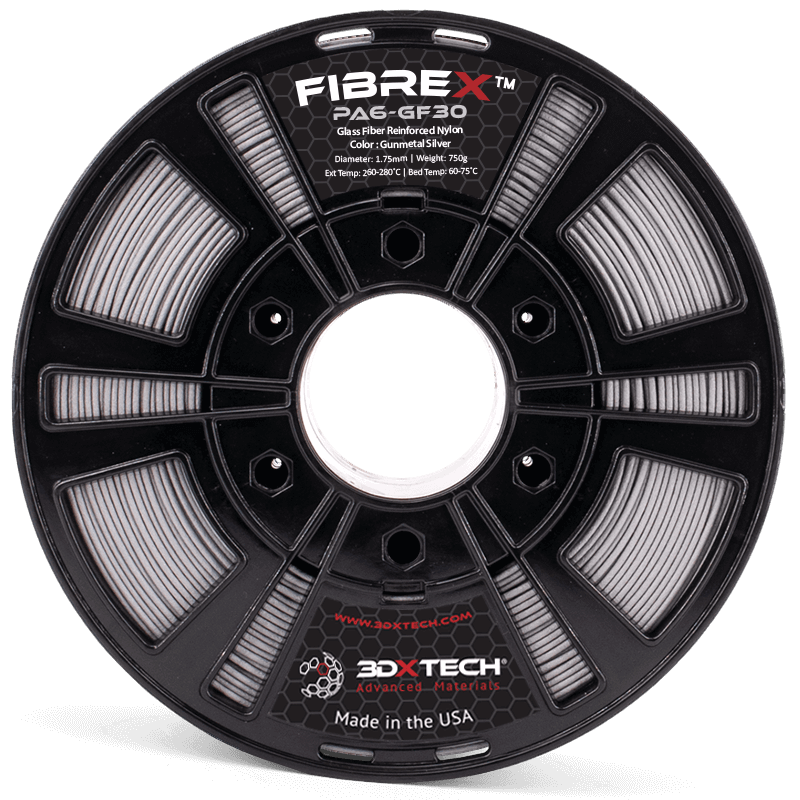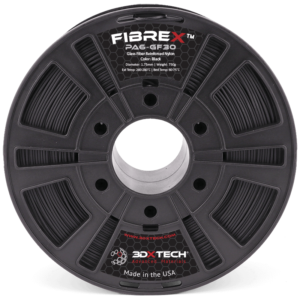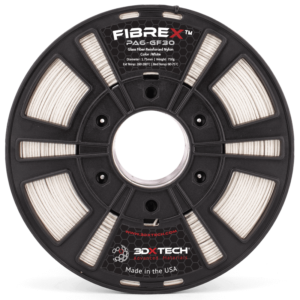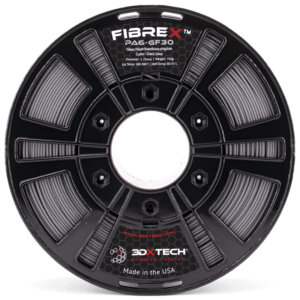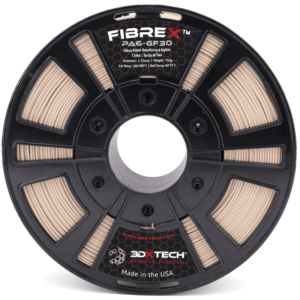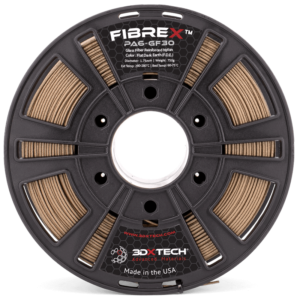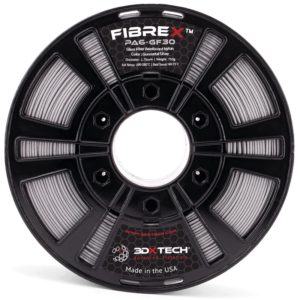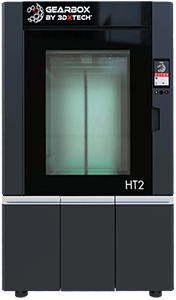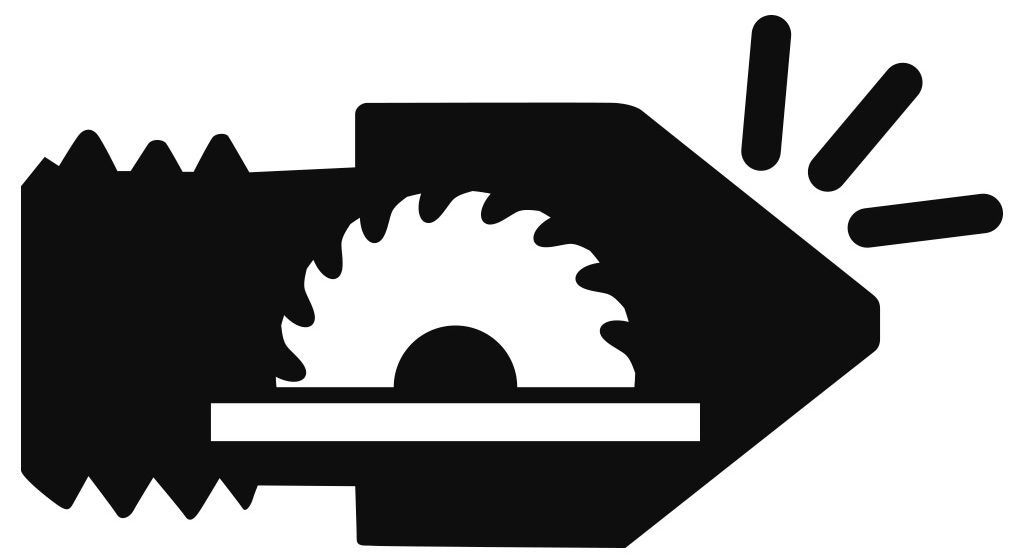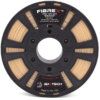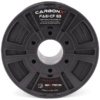FibreX PA6+GF30
$78.00 – $185.00
FibreX™ PA6+GF30 glass fiber reinforced nylon copolymer is an engineering-grade material that has excellent mechanical and thermal properties [HDT of 170°C] while offering ease of printing in a wide array of desktop printers. This material is a must-have when printing functional prototypes and production parts.
FibreX™ Nylon+GF30 30% Glass Fiber Reinforced Nylon
Our Nylon+GF30 glass fiber reinforced Nylon 6 Copolymer (PA6) is nothing less than an industrial-grade beast! Formulated to be exceptionally stiff and strong, all without being brittle. Polyamides (PA) are the work horse of the plastics industry the world over thanks to their excellent mechanical, chemical, and thermal resistance. The addition of heavy glass fiber reinforcement takes it to the next level.
Gearbox HT2™ 3D Printer: Print industrial-grade parts using our PA6+GF30 and more with the new Gearbox™ HT2 High-Temp 3D Printer.
Print Recommendations
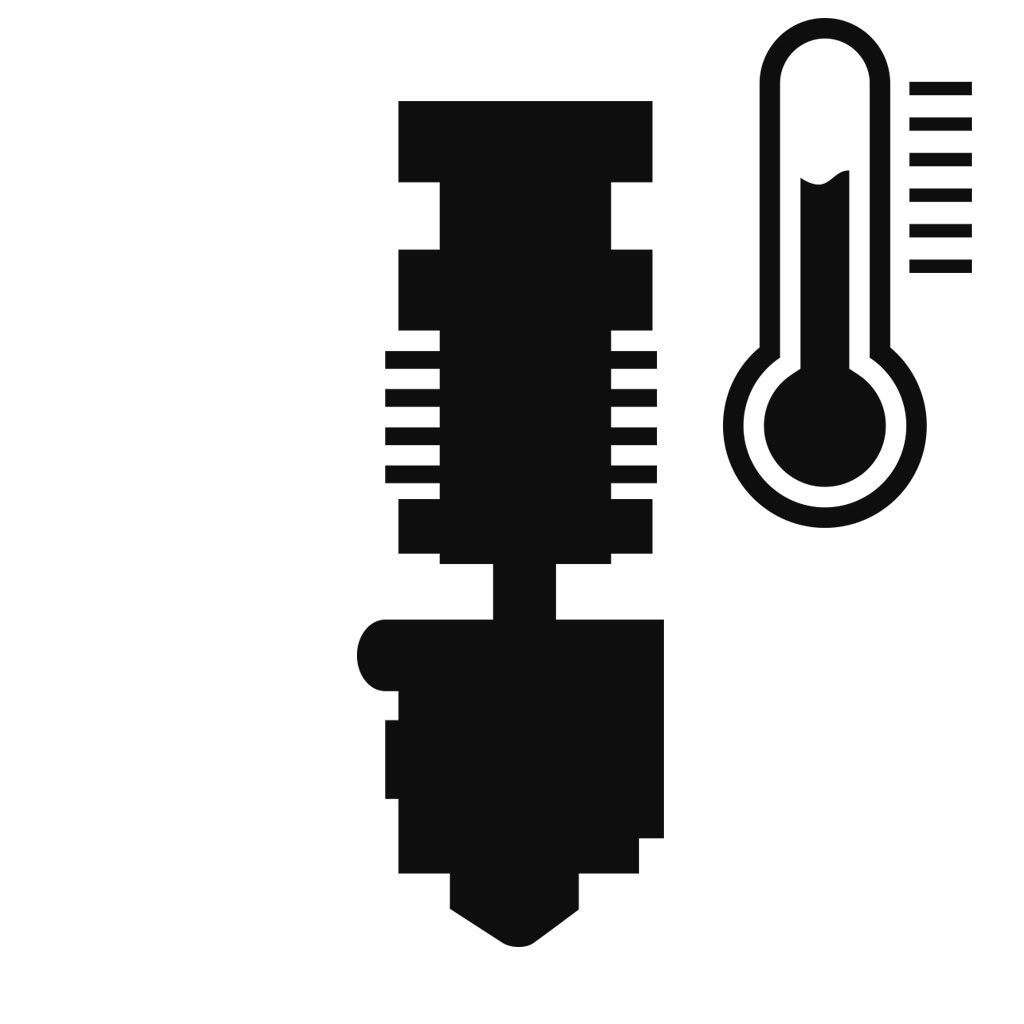
Extruder Temp
260-280°C
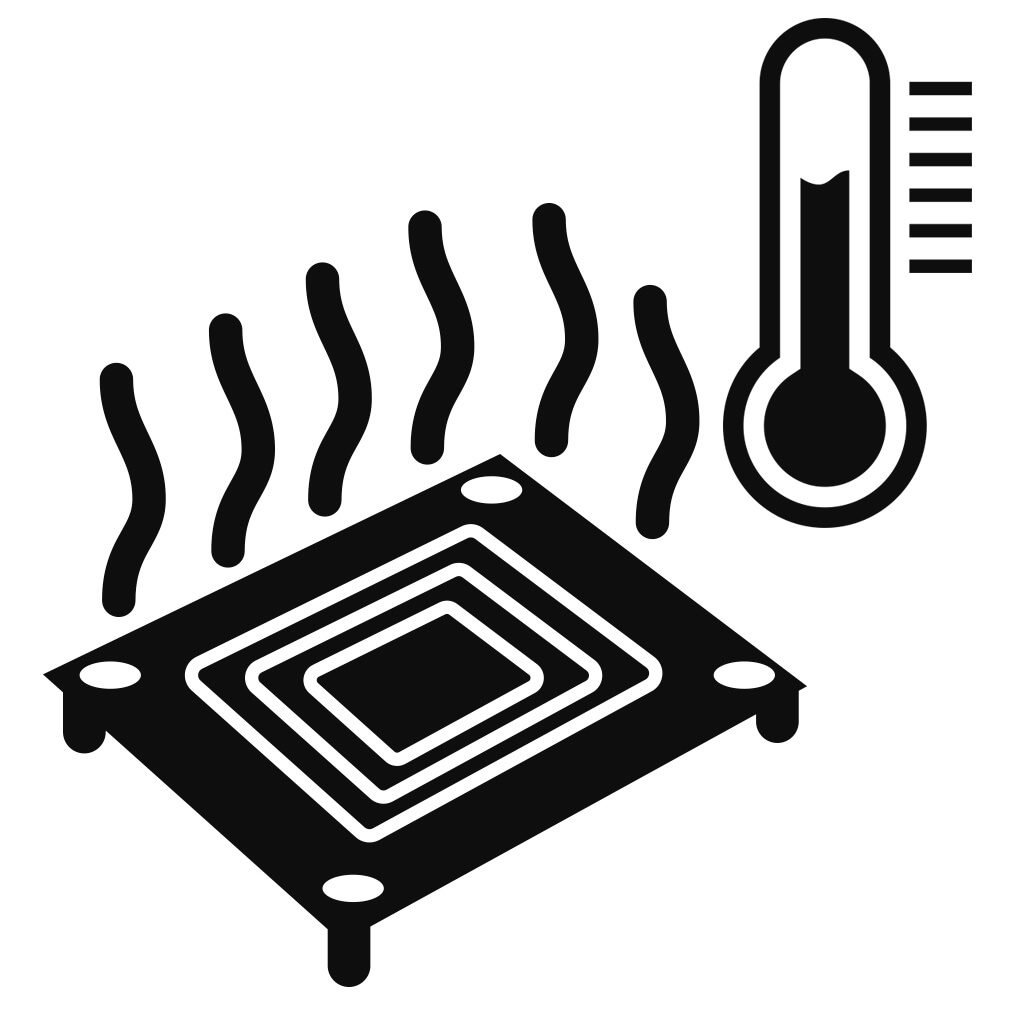
Bed Temp
60-75°C
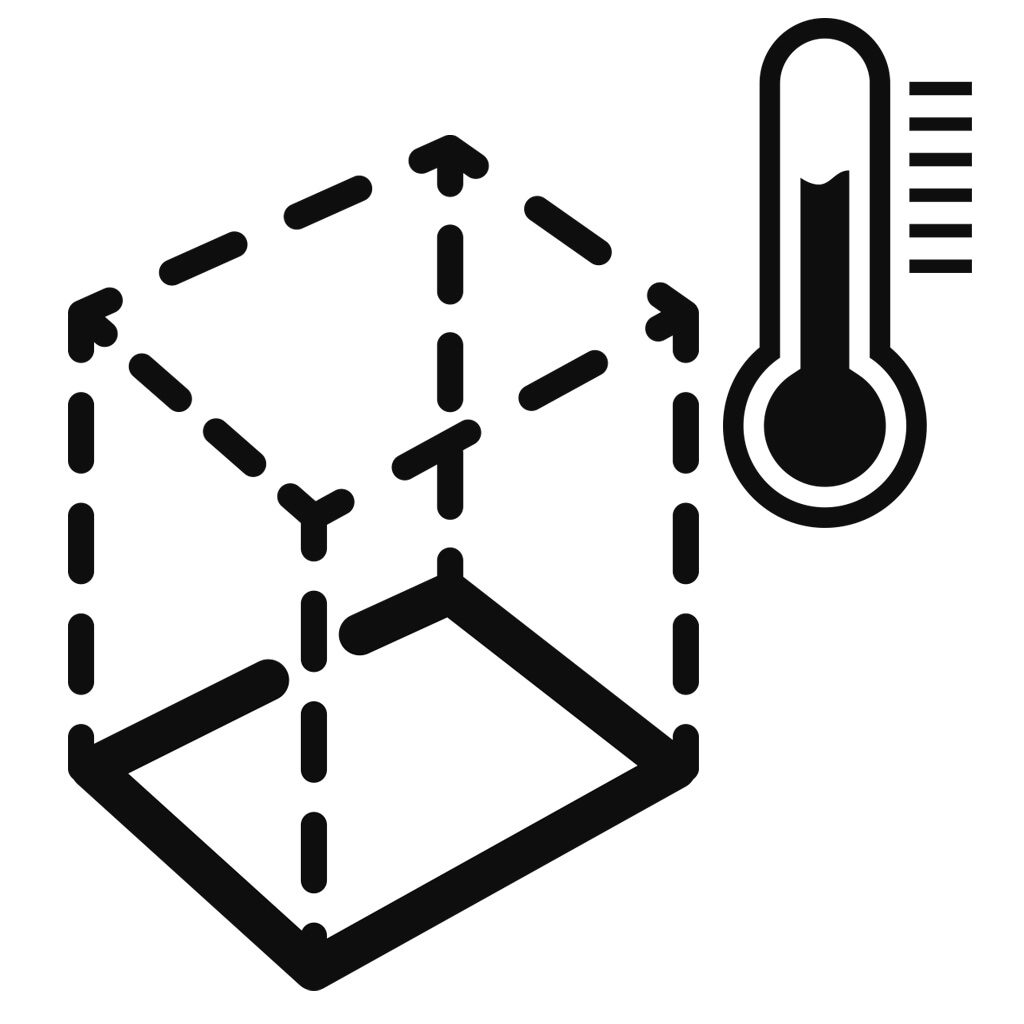
Heated Chamber
Not required

Nozzle Specs
0.4mm diameter minimum
Hardened Steel Nozzle
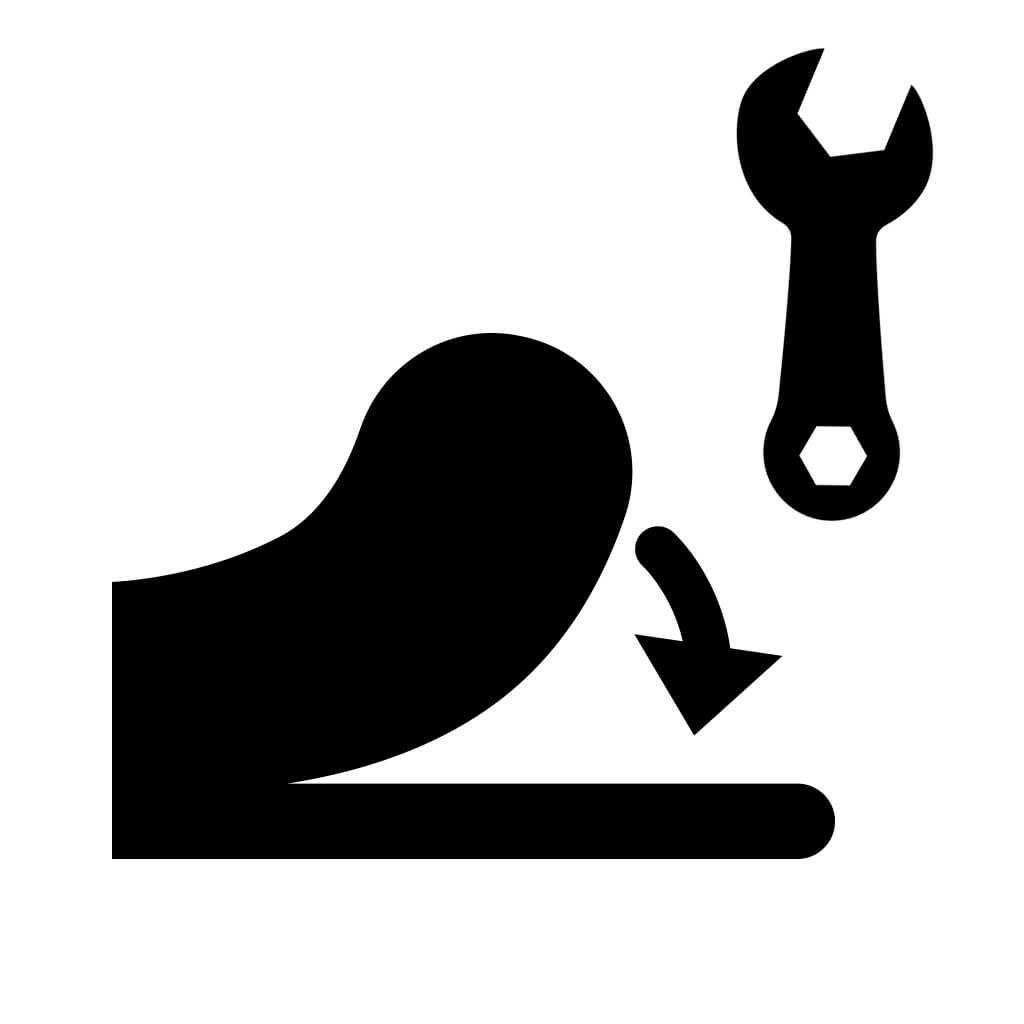
Bed Adhesion
Magigoo Bed Prep
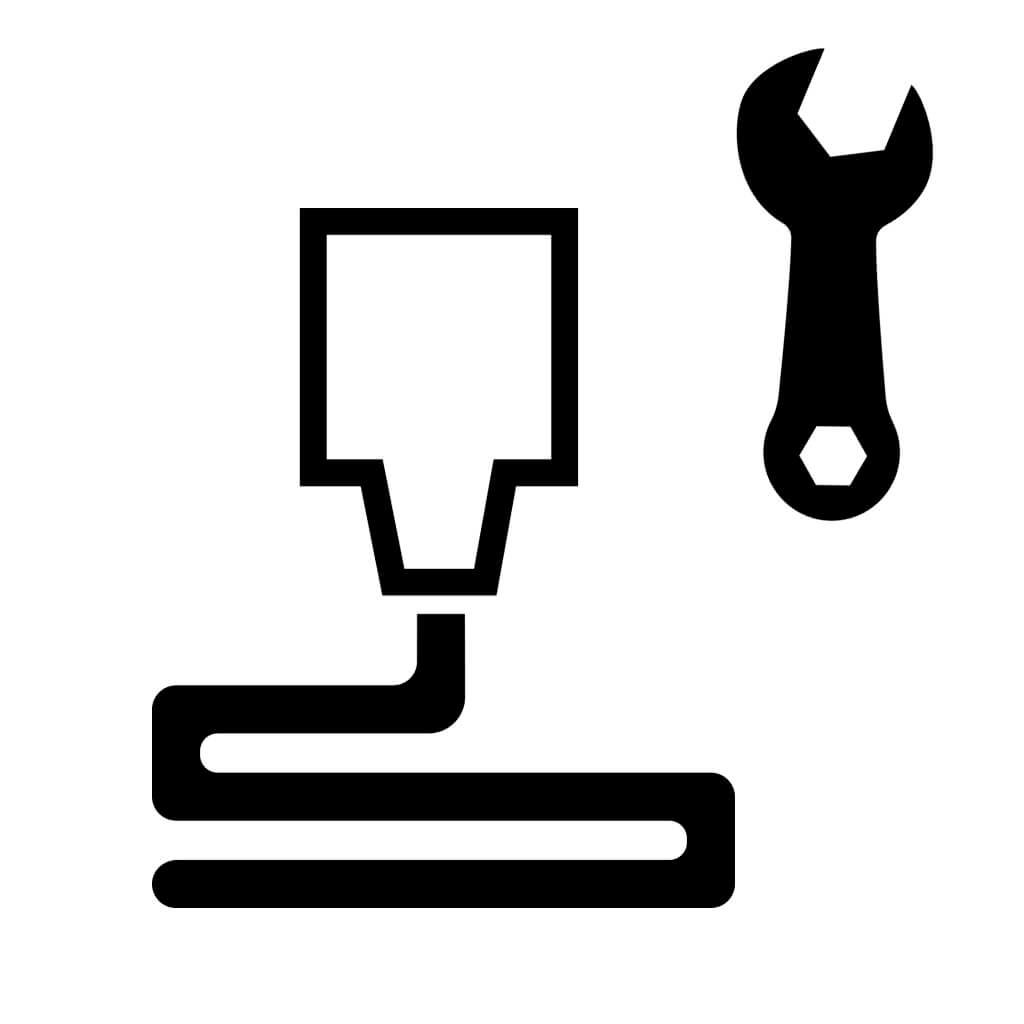
Layer Height
0.25mm or higher
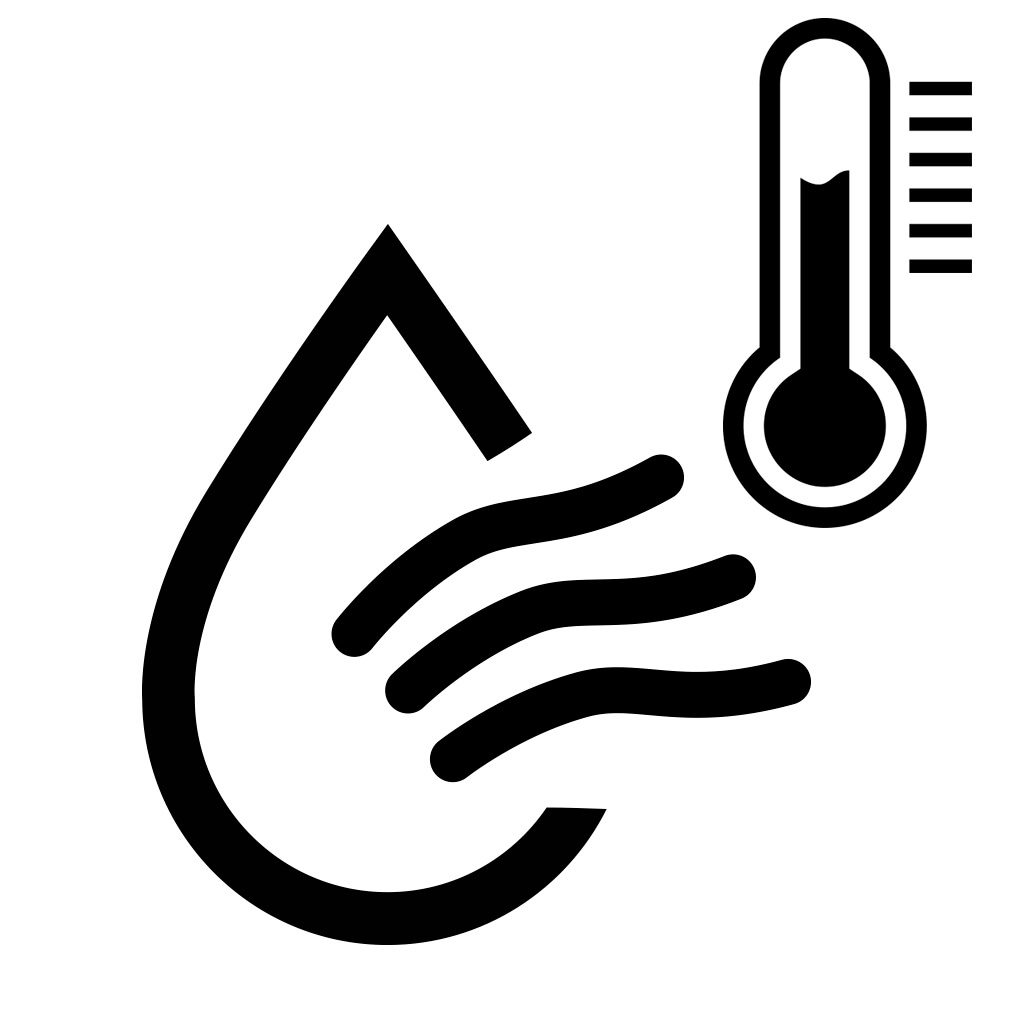
Drying Specs
90°C for 4 hours
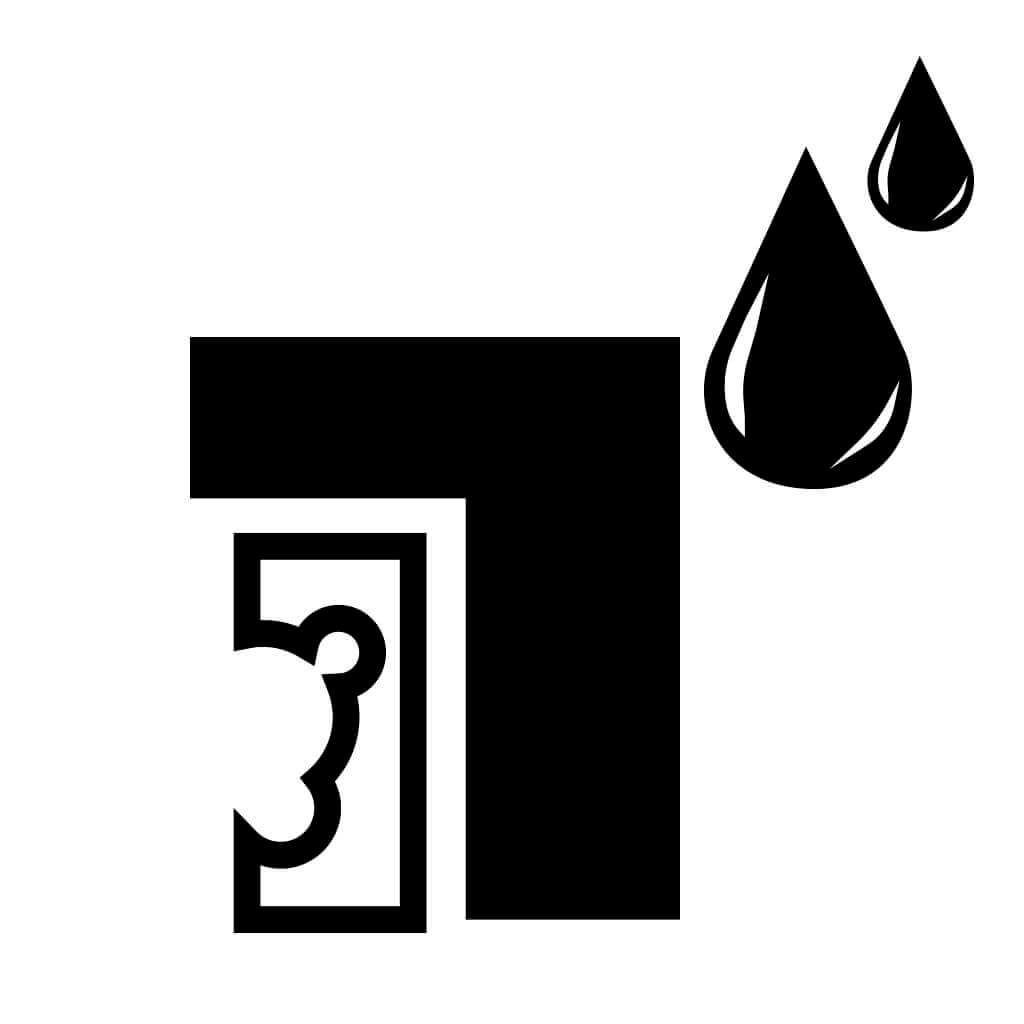
Supports
X1 USM Water Soluble Support
Benefits of Nylon+GF30 Include:
- Printable on practically any 3D printer with a heated bed
- Ideal for structural engineering-grade applications
- Exceptionally stiff and strong, without being brittle
- Excellent chemical resistance makes it suitable for automotive and industrial applications
- Resists fuels, lubricants, heat, and mechanical loading
- High thermal properties keep it strong up to 170°C in use, depending on printing and mechanical loads applied
- Glass fiber reinforcement improves dimensional stability, reduces shrinkage, lift, and warp
- Very strong layer bonding
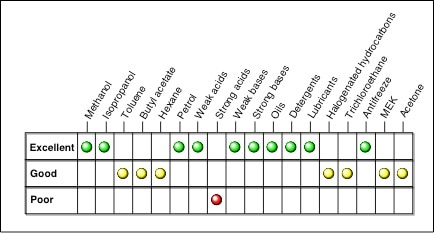
Filament Specifications:
1.75mm and 2.85mm +/- 0.05mm in diameter
Recommended Print Settings:
- Extruder: 260-280°C
- Bed Temp: 60-75°C
- Nozzle: We currently recommend a hardened steel nozzle with a minimum diameter of 0.4mm
- Other: Ideal layer height is 60% of nozzle diameter. We do not recommend printing layers smaller than 0.25mm with glass fiber reinforced filaments
- Bed Prep: Magigoo Bed Prep or 3DXTECH Polyimide Tape gives us the best results
- Heated Chamber: Not required, but a 30-80°C chamber does improve layer bonding and finished part mechanical properties
- Supports: AquaTek™ water soluble X1 USM Universal Support Material works ideal for complex parts.
- Drying Instructions: 90°C for 4 hours.
Glass Fiber Reinforced Filament
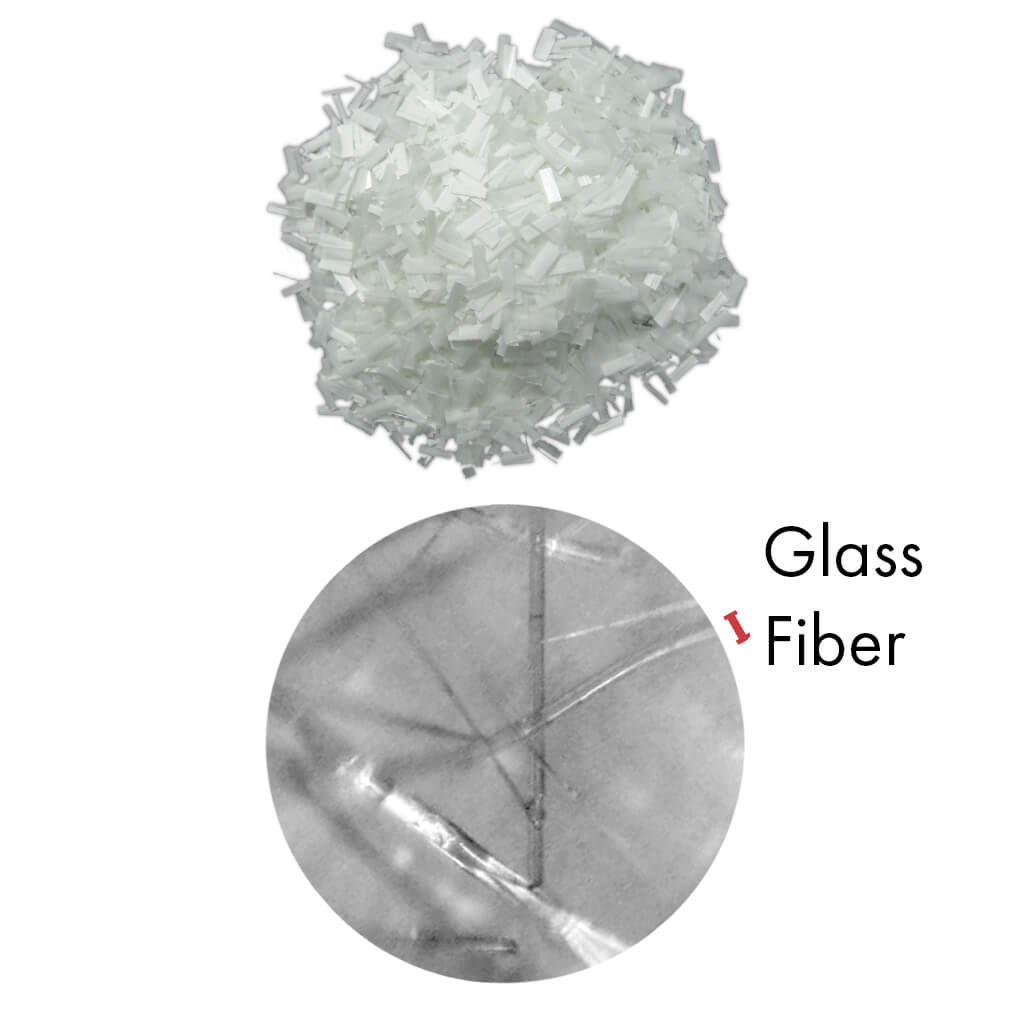
What Is It?
Fibers made of glass reinforced into the polymer during manufacturing and aligned along the axis of filament.
This, along with their physical makeup, give this material enormous strength and mechanical properties.

What Does It Do?
Glass fiber reinforcement gives material a lot of desirable properties:
- High strength
- High stiffness
- High chemical resistance
- Low thermal expansion
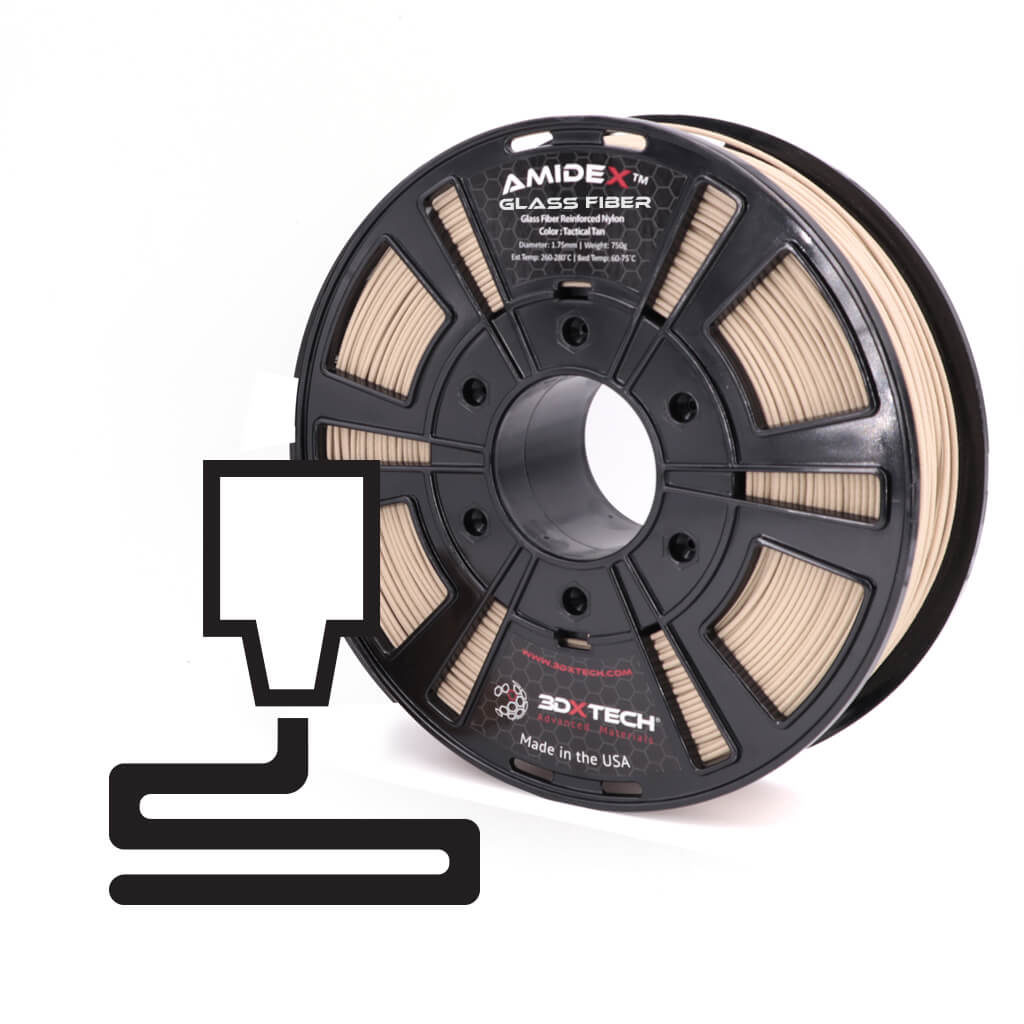
How Does It Work?
Reinforcing plastic with glass fibers produces a 3D printing filament which exhibits the best properties of both fiberglass and the plastic of choice.
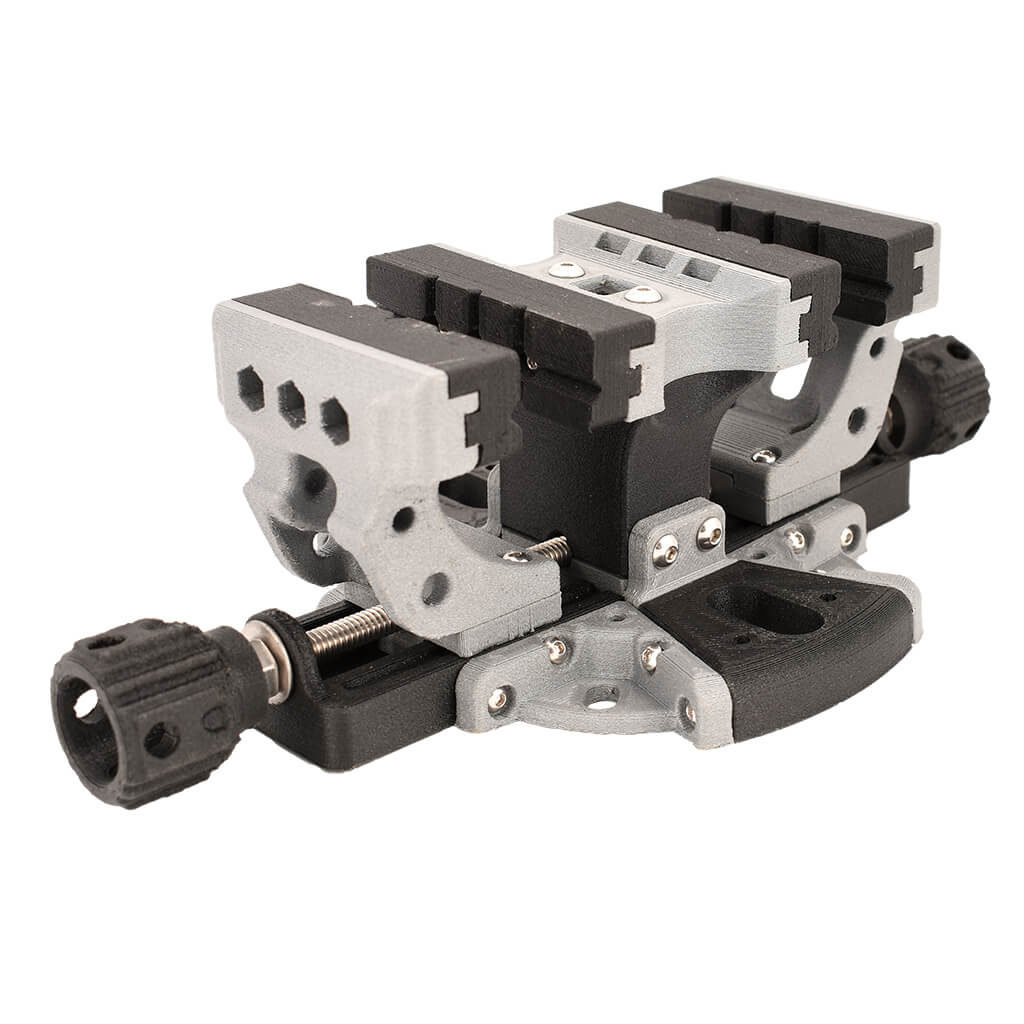
What Is It Good For?
Ideal for any applications which require strength and rigidity.
For these reasons, glass fiber reinforced filament is very popular in automotive, mechanical, civil engineering, and research industries.
Abrasive Material
This material is particularly abrasive among 3D printing filaments. Users may find standard brass nozzles are chewed through very quickly compared to standard wear and tear. When worn through, the nozzle diameter will widen inconsistently and the printer will experience extrusion issues.
Because of this, it's strongly recommended this material be printed through a hardened steel nozzle rather than a softer metal. Hardened steel nozzles can often be inexpensive and easily installed depending on your printer manufacturer's instructions.
Questions?
Send us a message and we'll reach out as soon as we can!

